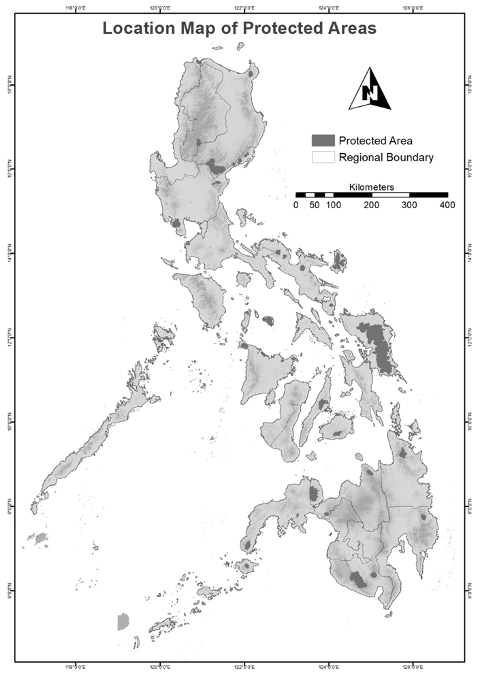VOLUME 16 (Supplement)

SciEnggJ 16 (Supplement) 037-048
available online: June 24, 2023
*Corresponding author
Email Address: avbuhay@up.edu.ph
Date received: 28 February 2022
Date revised: 30 May 2023
Date accepted: 8 June 2023
DOI: https://doi.org/10.54645/202316SupBVS-41
ARTICLE
Factors affecting land use and land cover change and fragmentation in selected protected areas in the Philippines
College Laguna 4031, Philippines
2Institute of Renewable Natural Resources,
College of Forestry and Natural Resources, University of the Philippines
Los Baños, College Laguna 4031, Philippines
3Department of Social Forestry and Forest Governance,
College of Forestry and Natural Resources, University of the Philippines
Los Baños, College Laguna 4031, Philippines
The establishment of protected areas (PA) is one of the most prominent biodiversity conservation policies in the Philippines. Functions of the country’s PA policy include the reduction of deforestation, forest conservation, and decreasing human pressure on natural resources. This study aimed to assess the drivers of forest intactness and fragmentation in selected terrestrial PAs. Management Effectiveness Tracking Tool (METT) scores were used to consider the impact of drivers of land use and land cover (LULC) change, including economic development, population, road networks, cultivation, and PA management, on the percentage of forest cover and different fragmentation metrics in the PAs. The study conducted a Canonical Correlation Analysis (CCA) and Multiple Regression Analysis to identify the significant drivers of LULC change for each response variable. CCA and Multiple Regression Analysis results showed the most important predictors of LULC based on their canonical weights: cultivation within the PA, the human development index, and the regional gross domestic product. Aside from being the most important driving factor based on the CCA, cultivation inside the PA was also found to be a common significant variable for most dependent variables. Other significant factors were poverty index, population, and road density, which could all provide a basis for the observed PA fragmentation. The study also found that higher METT scores had a negative influence on the open forest and a positive effect on patch richness. This indicates that open forests tend to decrease as PA management improves while patch richness tends to increase. Furthermore, there is no data to support that METT scores have a significant influence on other response variables.
© 2025 SciEnggJ
Philippine-American Academy of Science and Engineering